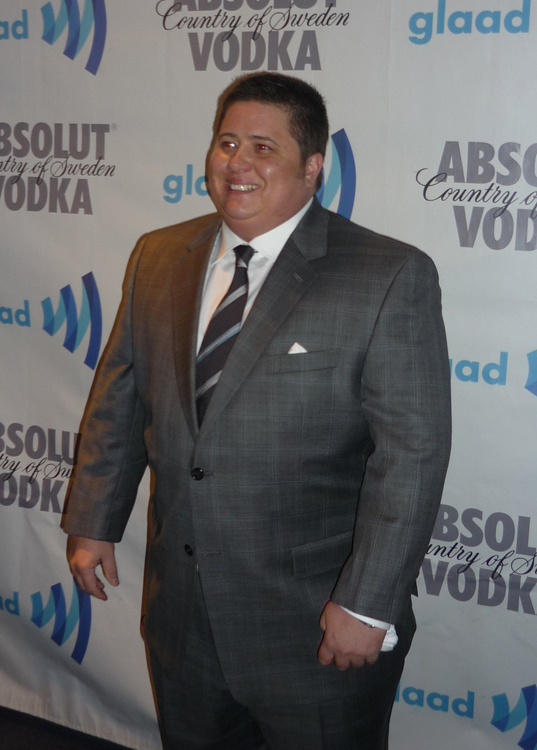| << Chapter < Page | Chapter >> Page > |
Transgendered individuals who wish to alter their bodies through medical interventions such as surgery and hormonal therapy—so that their physical being is better aligned with gender identity—are called transsexuals . They may also be known as male-to-female (MTF) or female-to-male (FTM). Not all transgendered individuals choose to alter their bodies: many will maintain their original anatomy but may present themselves to society as the opposite gender. This is typically done by adopting the dress, hairstyle, mannerisms, or other characteristic typically assigned to the opposite gender. It is important to note that people who cross-dress, or wear clothing that is traditionally assigned to opposite gender, are not necessarily transgendered. Cross-dressing is typically a form of self-expression, entertainment, or personal style, not necessarily an expression against one’s assigned gender (APA 2008).
There is no single, conclusive explanation for why people are transgendered. Transgendered expressions and experiences are so diverse that it is difficult to identify their origin. Some hypotheses suggest biological factors such as genetics or prenatal hormone levels as well as social and cultural factors such as childhood and adulthood experiences. Most experts believe that all of these factors contribute to a person’s gender identity (APA 2008).
It is known, however, that transgendered and transsexual individuals experience discrimination based on their gender identity. People who identify as transgendered are twice as likely to experience assault or discrimination as non-transgendered individuals; they are also one and a half times more likely to experience intimidation (National Coalition of Anti-Violence Programs 2010). Organizations such as the National Coalition of Anti-Violence Programs and Global Action for Trans Equality work to prevent, respond to, and end all types of violence against transgender, transsexual, and homosexual individuals. These organizations hope that by educating the public about gender identity and empowering transgender and transsexual individuals, this violence will end.
What if you had to live as the opposite sex? If you are a man, imagine that you were forced to wear frilly dresses, dainty shoes, and makeup to special occasions, and you were expected to enjoy romantic comedies and TLC reality shows. If you are a woman, imagine that you were forced to wear shapeless clothing, put only minimal effort into your personal appearance, not show emotion, and watch countless hours of sporting events and sports-related commentary. It would be pretty uncomfortable, right? Well, maybe not. Many people enjoy participating in activities that are typically associated with the opposite sex and would not mind if some of the cultural expectations for men and women were loosened.
Now, imagine that when you look at your body in the mirror, you feel disconnected. You feel your genitals are shameful and dirty, and you feel as though you are trapped in someone else’s body with no chance of escape. As you get older, you hate the way your body is changing, and, therefore, you hate yourself. These elements of disconnect and shame are important to understand when discussing transgendered individuals. Fortunately, sociological studies pave the way for a deeper and more empirically grounded understanding of transgendered experience.

The terms “sex” and “gender” refer to two different identifiers. Sex denotes biological characteristics differentiating males and females, while gender denotes social and cultural characteristics of masculine and feminine behavior. Sex and gender are not always synchronous. Individuals who strongly identify with the opposing gender are considered transgendered.
Why do sociologists find it important to differentiate between sex and gender? What importance does the differentiation have in modern society?
How is children’s play influenced by gender roles? Think back to your childhood. How “gendered” were the toys and activities available to you? Do you remember gender expectations being conveyed through the approval or disapproval of your playtime choices?
For more information on gender identity and advocacy for transgendered individuals see the Global Action for Trans Equality web site at (External Link) .
American Psychological Association (APA). 2008. “Answers to Your Questions: For a Better Understanding of Sexual Orientation and Homosexuality.” Washington, DC. Retrieved January 10, 2012 ( (External Link) ).
Caldera, Yvonne, Aletha Huston, and Marion O’Brien. 1998. “Social Interactions and Play Patterns of Parents and Toddlers with Feminine, Masculine, and Neutral Toys.” Child Development 60(1):70–76.
Case, M.A. 1995. "Disaggregating Gender from Sex and Sexual Orientation: The Effeminate Man in the Law and Feminist Jurisprudence." Yale Law Journal 105(1):1–105.
Diamond, Milton. 2002. “Sex and Gender Are Different: Sexual Identity and Gender Identity Are Different.” Clinical Child Psychology&Psychiatry 7(3):320–334. Retrieved February 13, 2012 ( (External Link) ).
Jacobs, Sue-Ellen, Wesley Thomas, and Sabine Lang. 1997. Two Spirit People: Native American Gender Identity, Sexuality, and Spirituality . Champaign, IL: University of Illinois Press.
J.E.B. v. Alabama , 144 S. Ct. 1436 (1994).
Kinsey, Alfred C. et al. 1998 [1948]. Sexual Behavior in the Human Male . Bloomington, IN: Indiana University Press.
Moi, T. 2005. Sex, Gender and the Body . New York: Oxford University Press.
National Coalition of Anti-Violence Programs. 2010. “Hate Violence Against Lesbian, Gay, Bisexual, Transgender, Queer and HIV-Affected Communities in the United States.” Retrieved January 10, 2012 ( (External Link) ).
Poasa, Kris. 1992. “The Samoan Fa’afafine: One Case Study and Discussion of Transsexualism.” Journal of Psychology&Human Sexuality 5(3):39–51.
Ryle, Robyn. 2011. Questioning Gender: A Sociological Exploration. Thousand Oaks, CA: Pine Forge Press.
Sears, Brad and Christy Mallory. 2007. “Evidence of Employment Discrimination on the Basis of Sexual Orientation in State and Local Government: Complaints Filed with State Enforcement Agencies 2003-2007.” Los Angeles, CA: The Williams Institute.
Sedgwick, Eve. 1985. Between Men: English Literature and Male Homosocial Desire . New York: Columbia University Press.

Notification Switch
Would you like to follow the 'Introduction to sociology' conversation and receive update notifications?